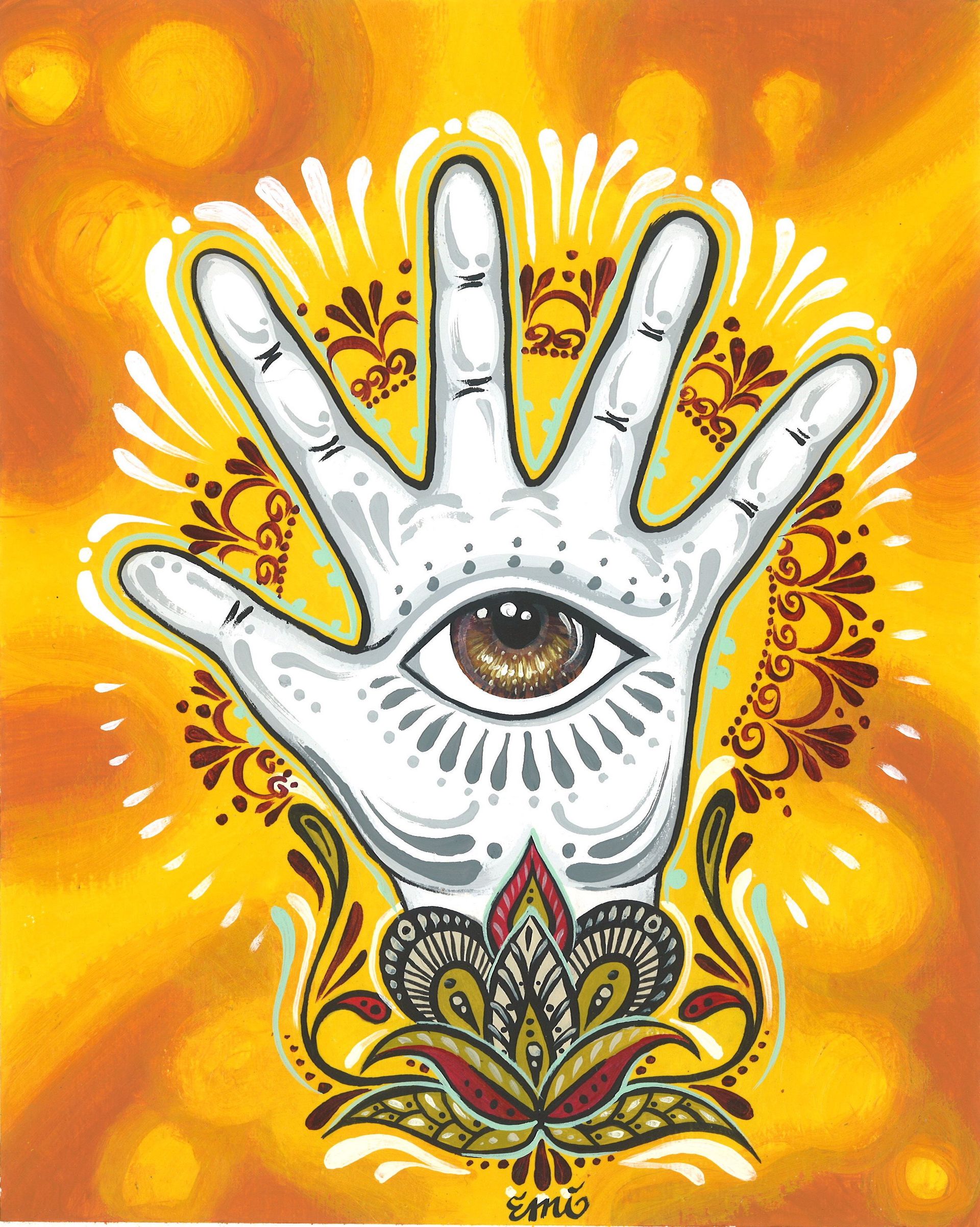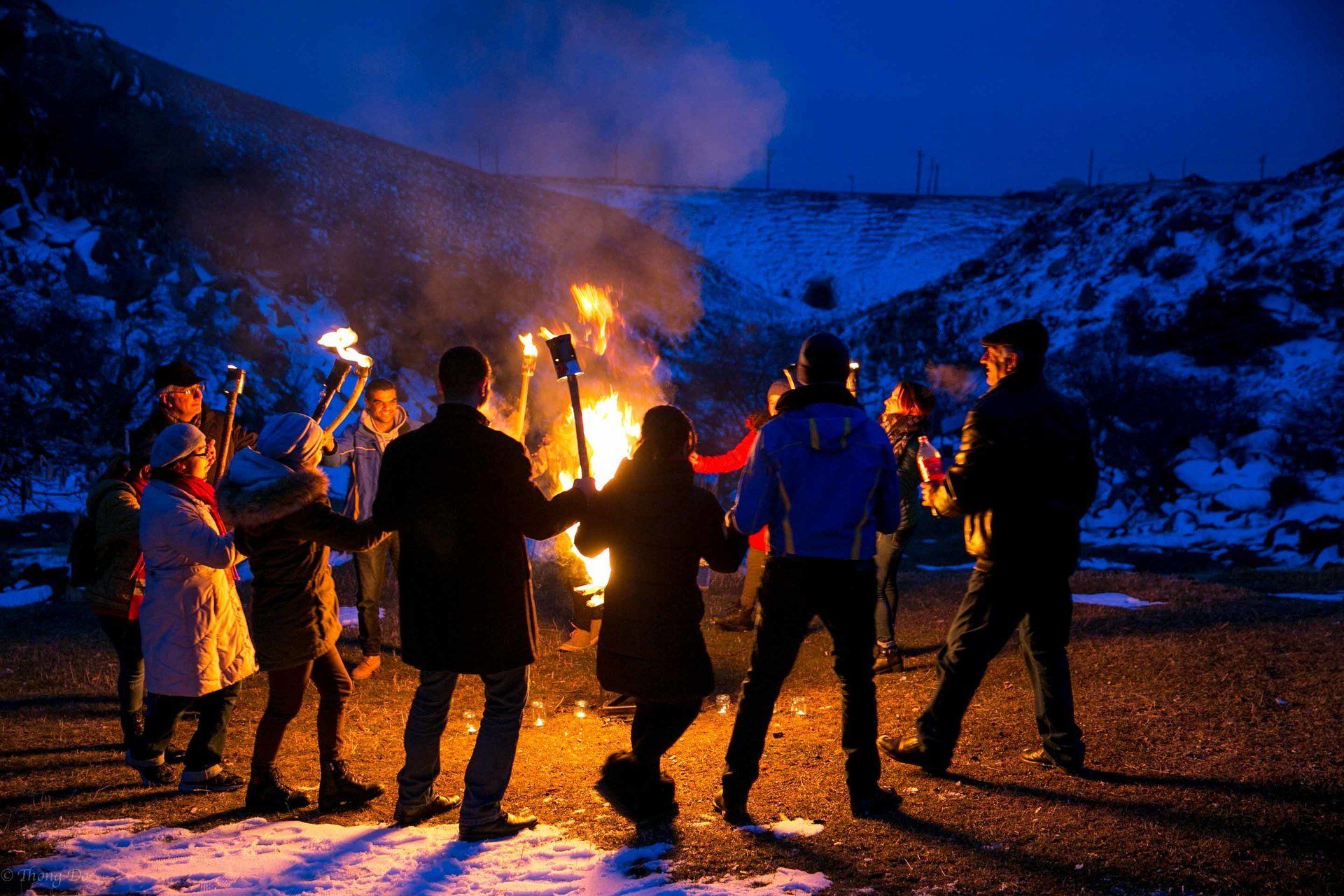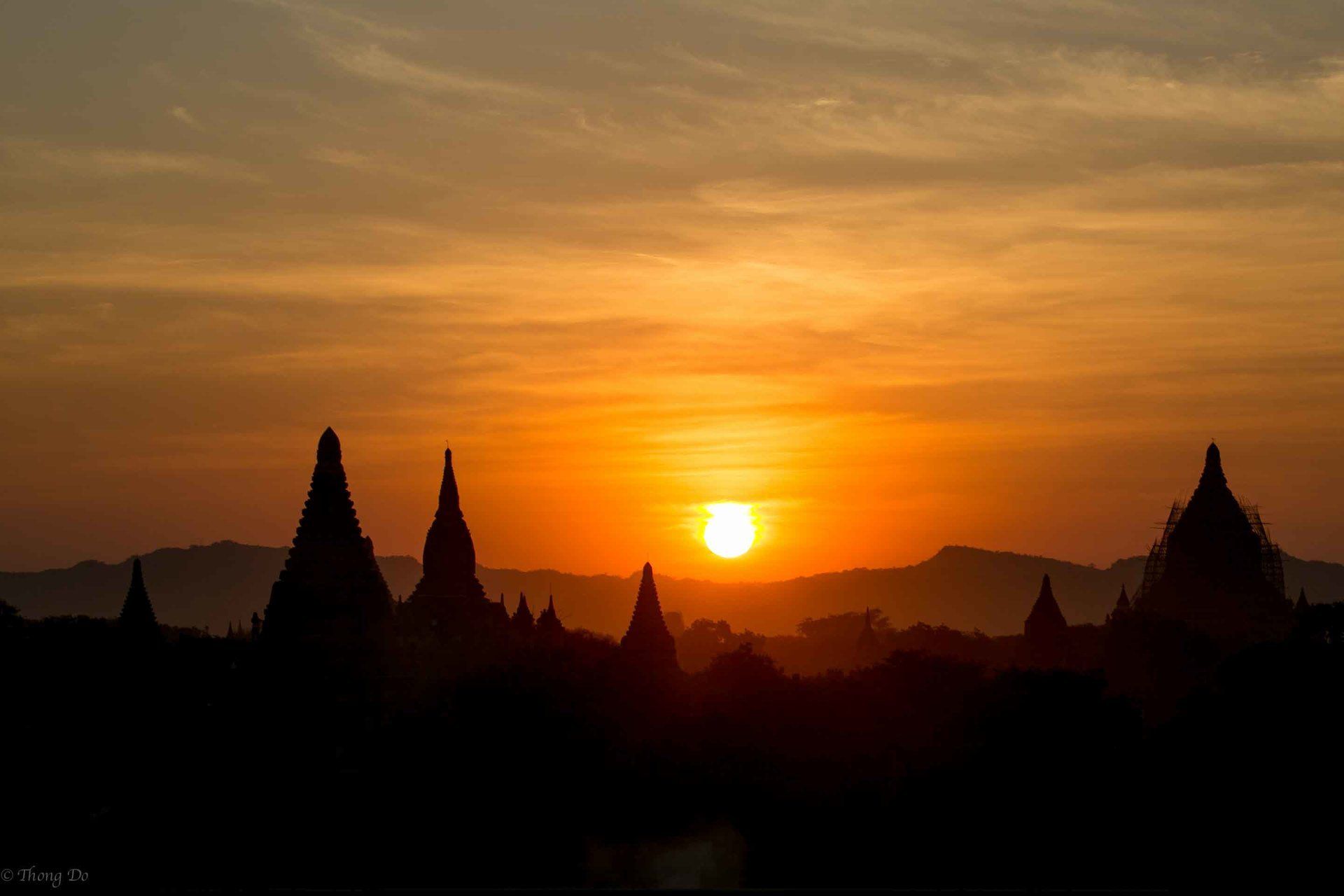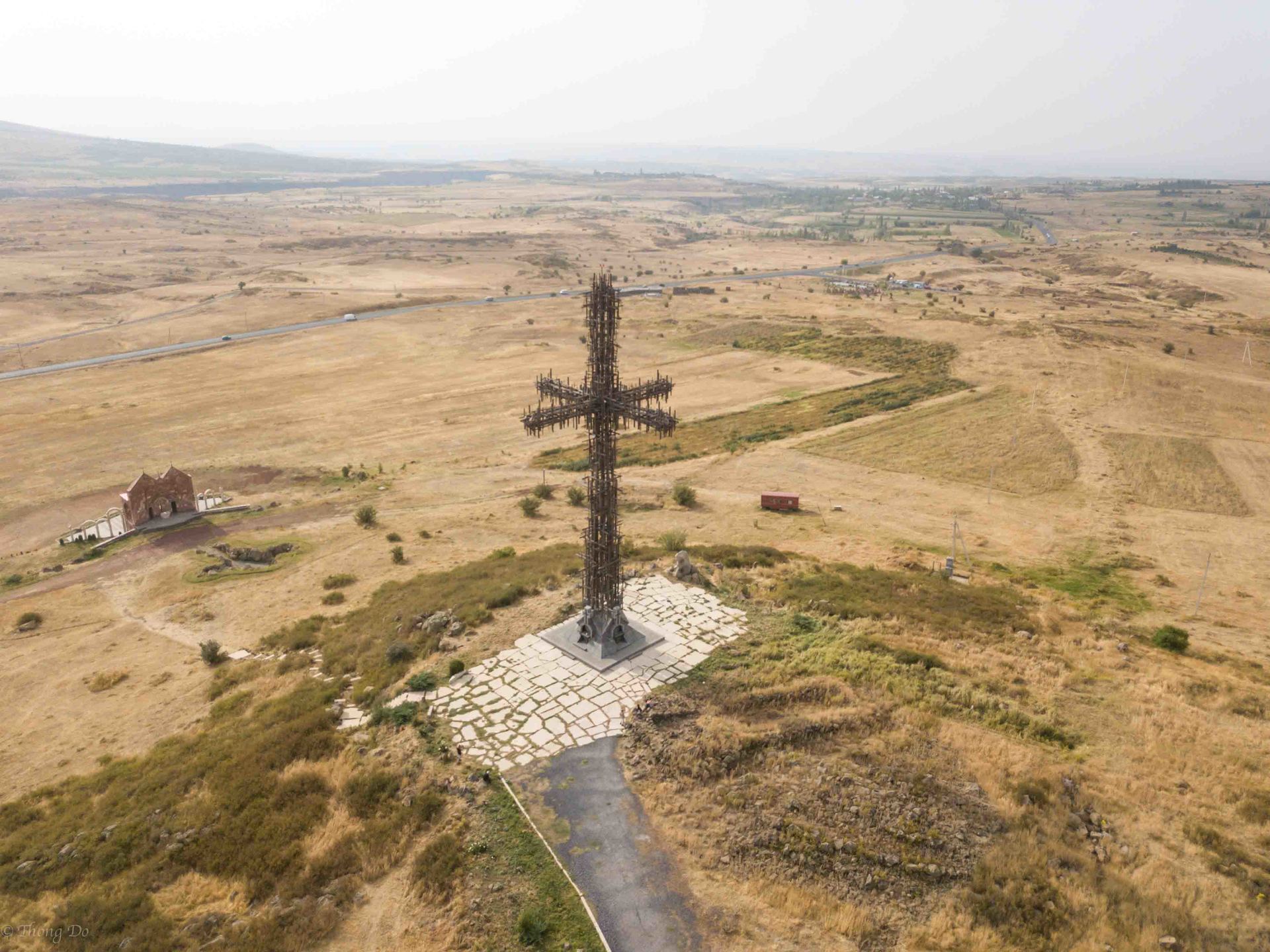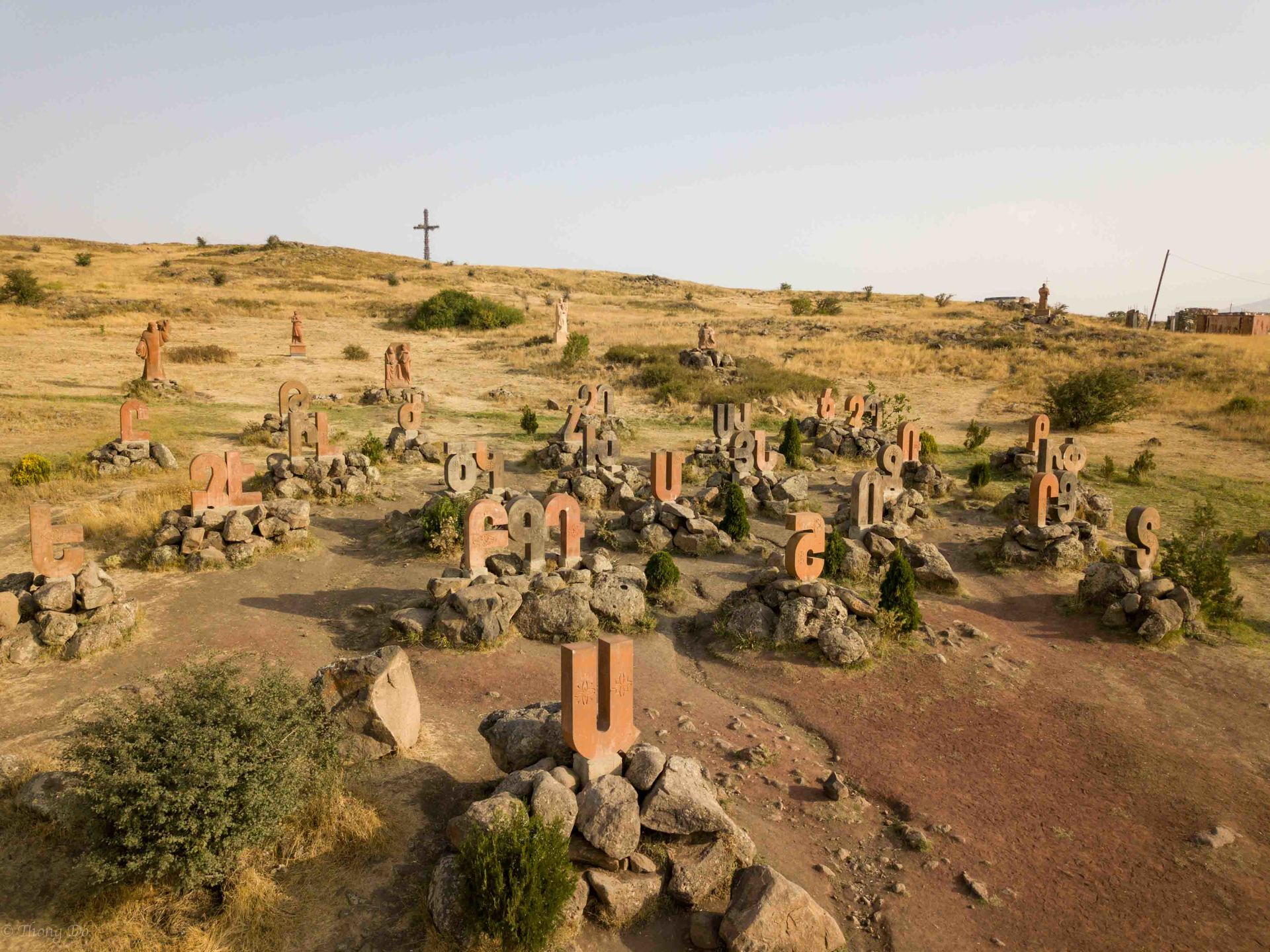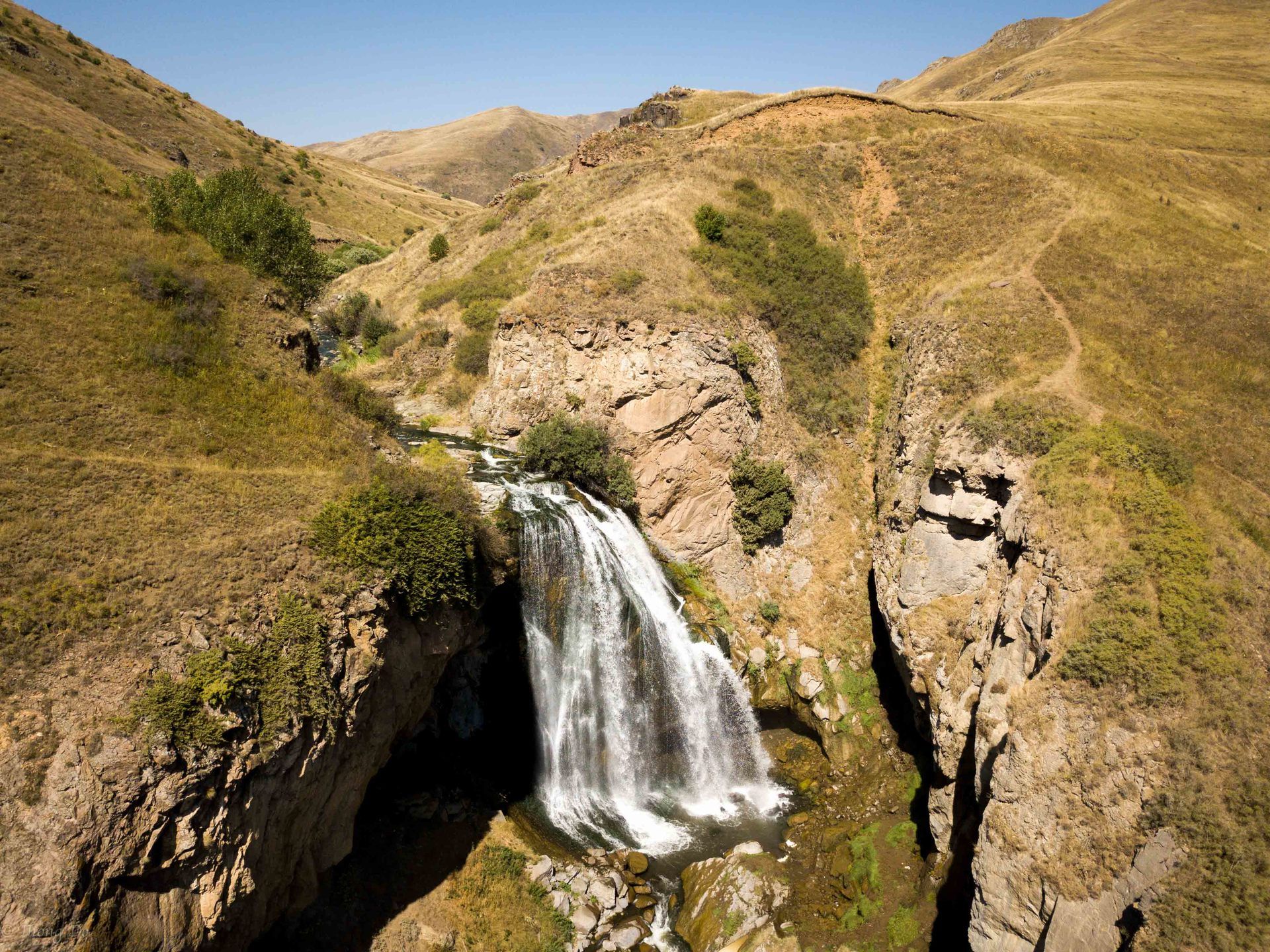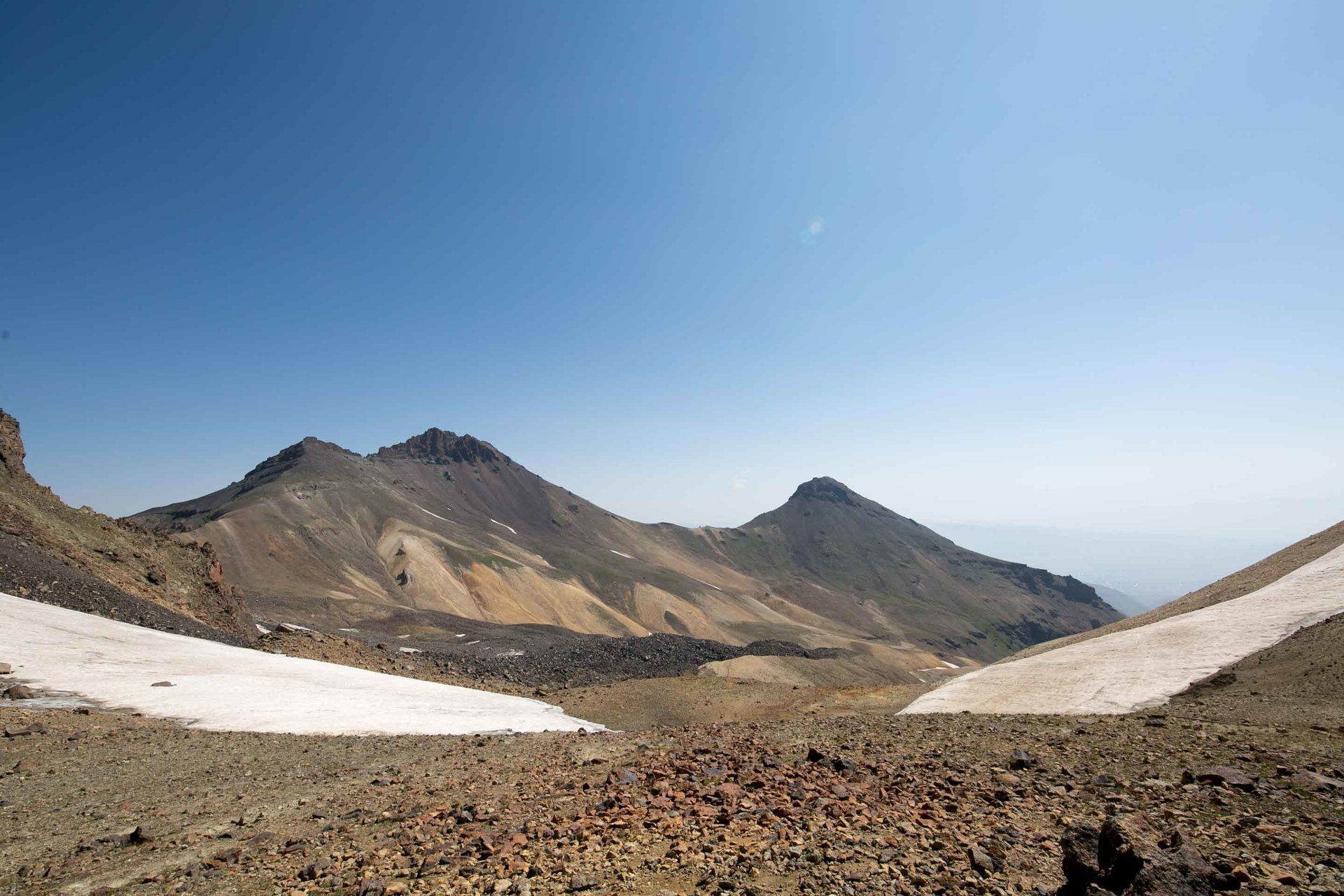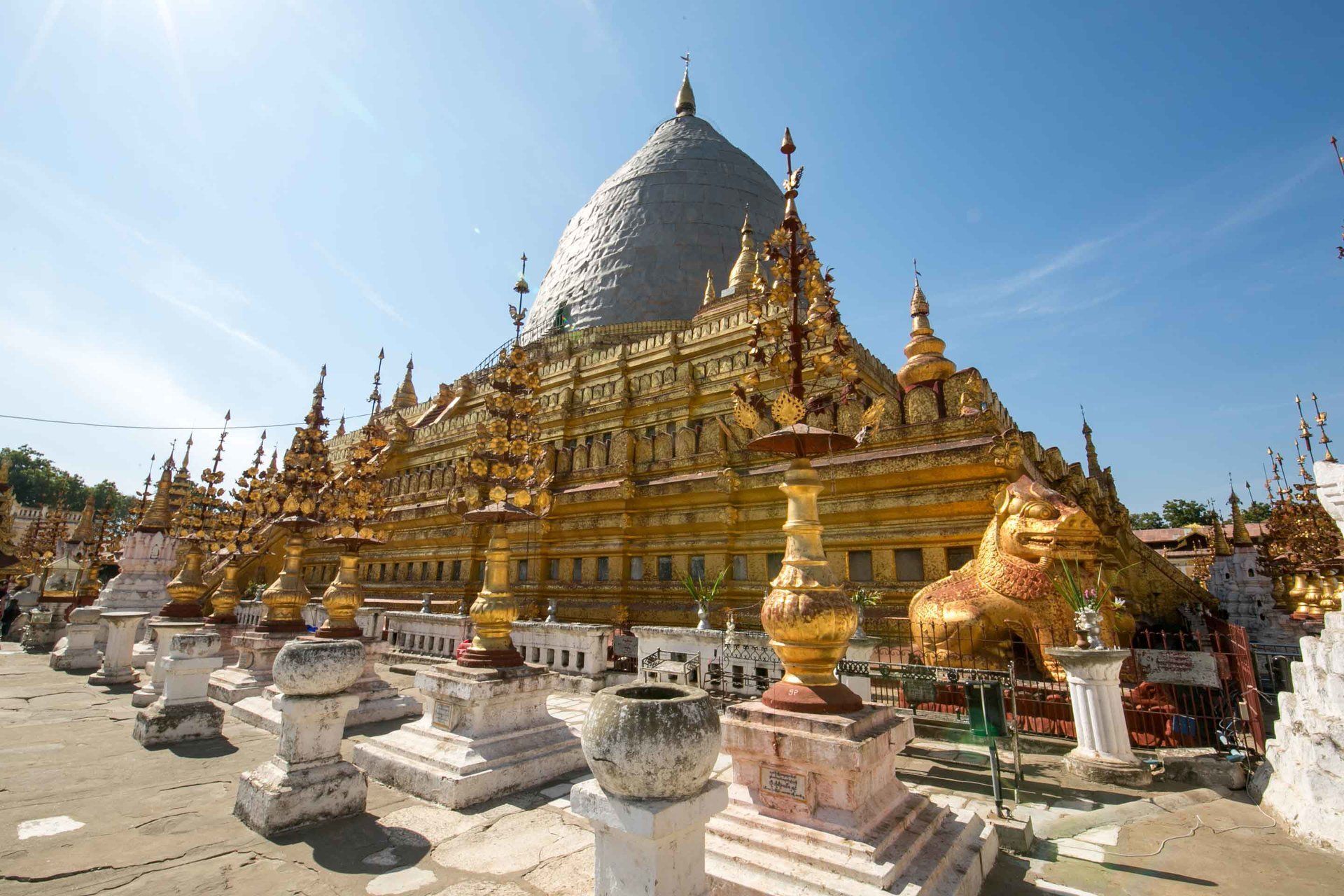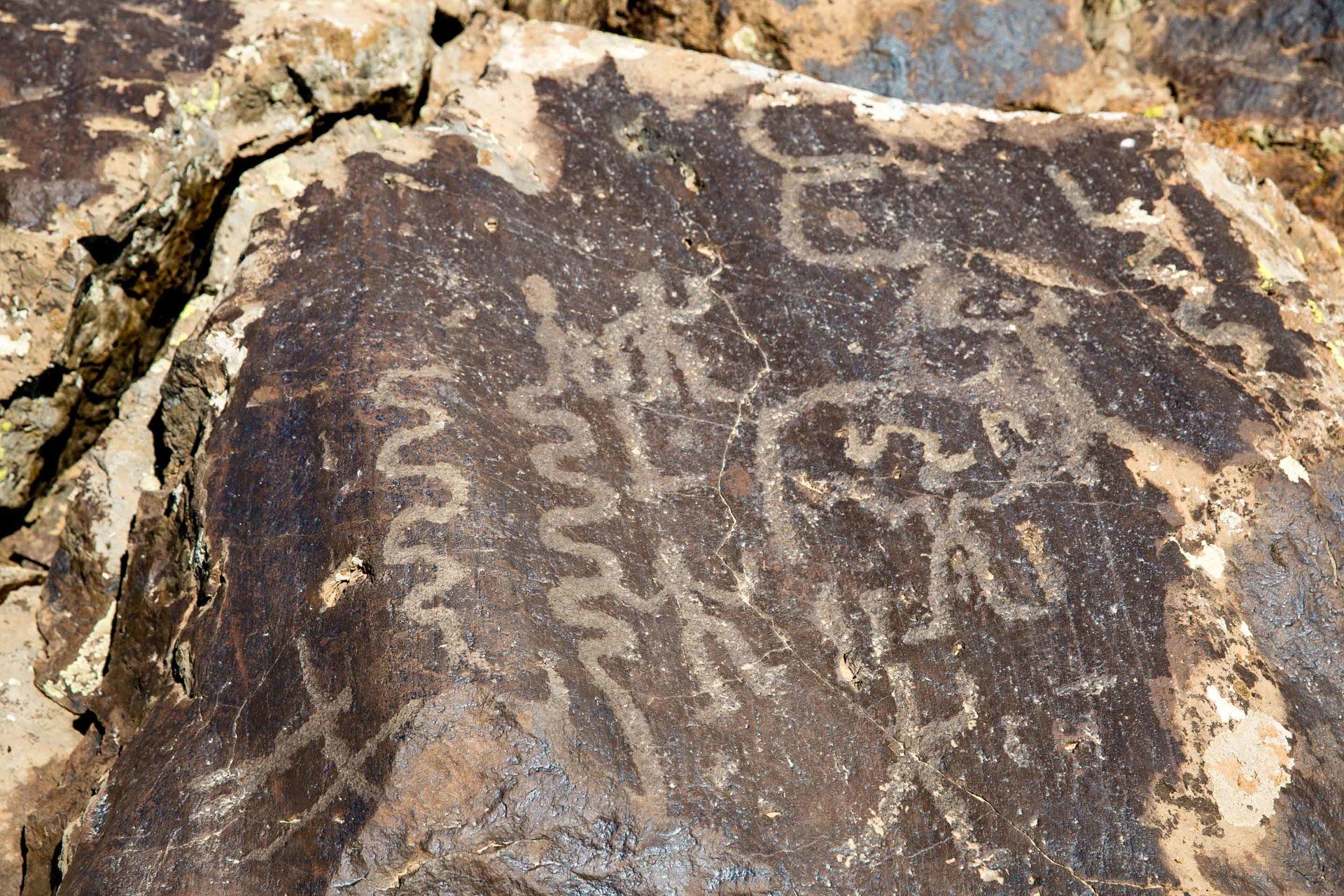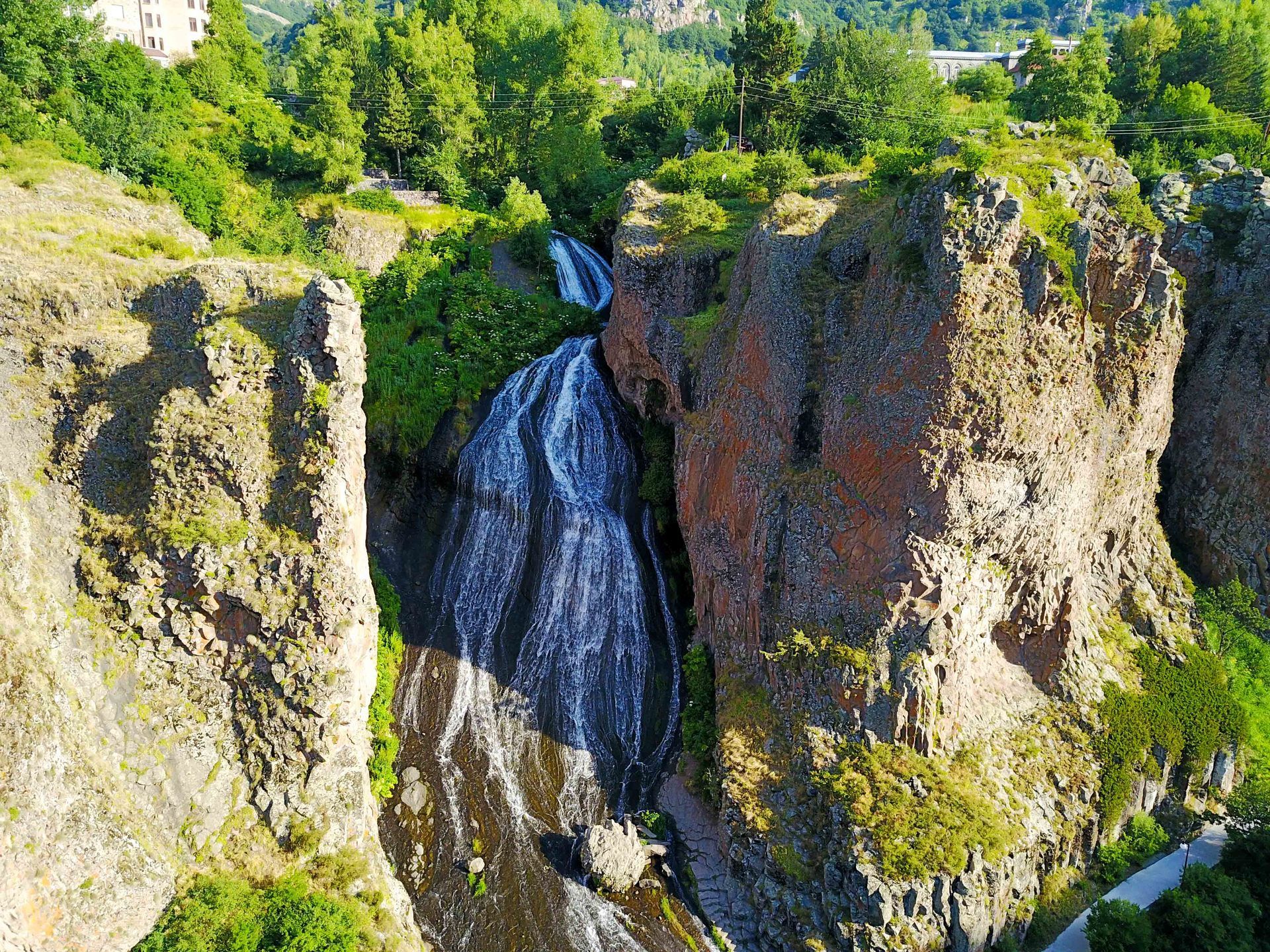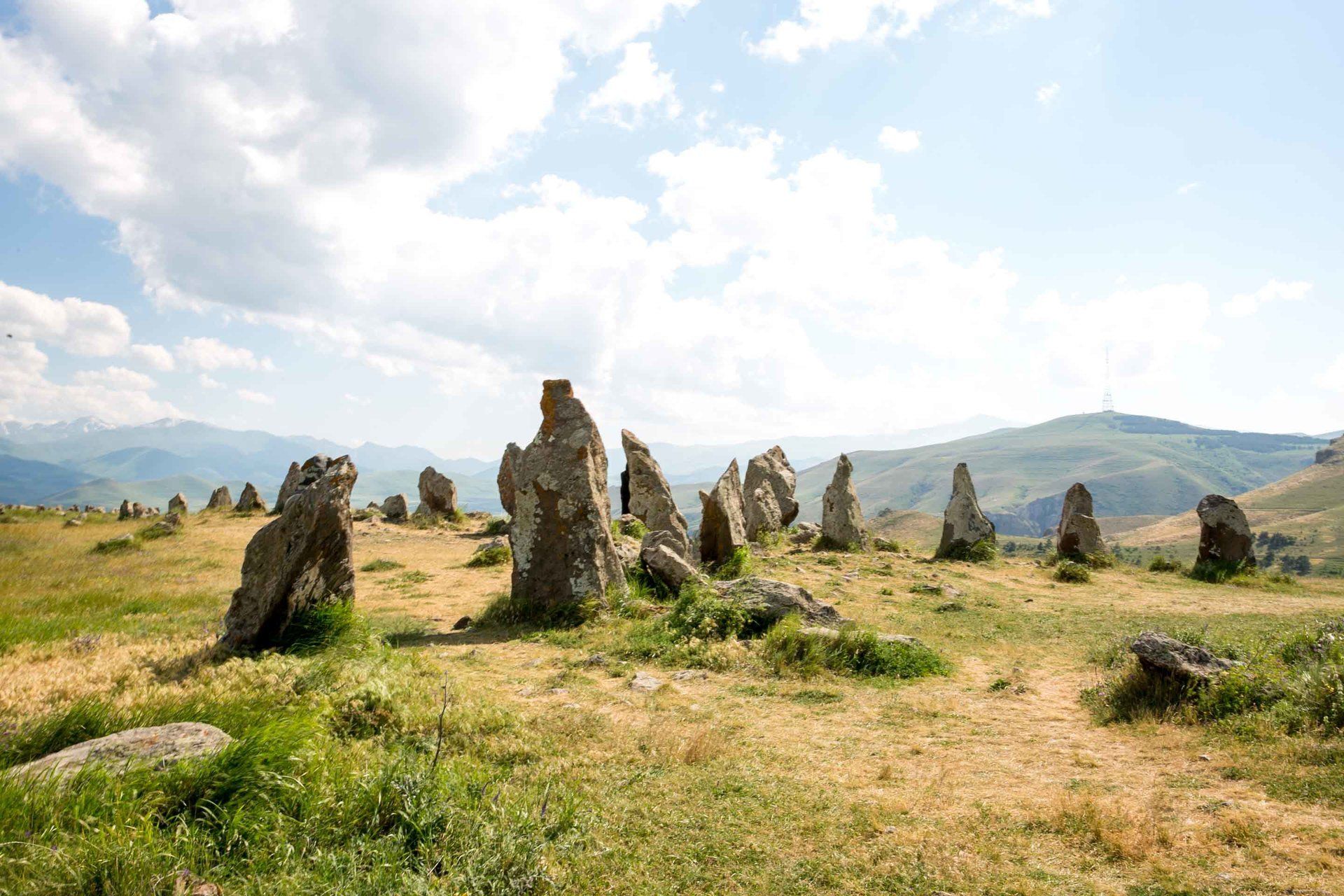Noratus Cemetery
- By Thong Do
- •
- 02 Aug, 2017
- •
One of the most interesting sites in Armenia has got to be the Noratus cemetery located in the Gegharkunik Province near Lake Sevan. This area has a lot of history with numerous Bronze and Iron Age monuments. What makes this site so unique is that it has the highest concentration of khachkars (cross stones) and gravestones carved between the 9th-17th century in Armenia and the world. There are nearly 900 khachkars here and you can see the how the styles of khachkars have changed throughout Armenia’s history. Although it’s a cemetery, it’s also a museum for these stunning pieces of Armenian craftsmanship. The highest concentration of khachkars was at the city of Jugha in the Nagorno Karabagh region with over 2,500 khachkars but they were destroyed in the 90s during conflict with Azerbaijan.
Khachkars have a special place in Armenian culture since it’s the only Christian nation that erects these types of monuments for their faith. They come in numerous sizes and shapes, are made various types of stones, and the patterns used are a true work of art. I’ve had the good fortune to meet khachkar makers while living in Armenia and to see them in action is a great experience to witness.
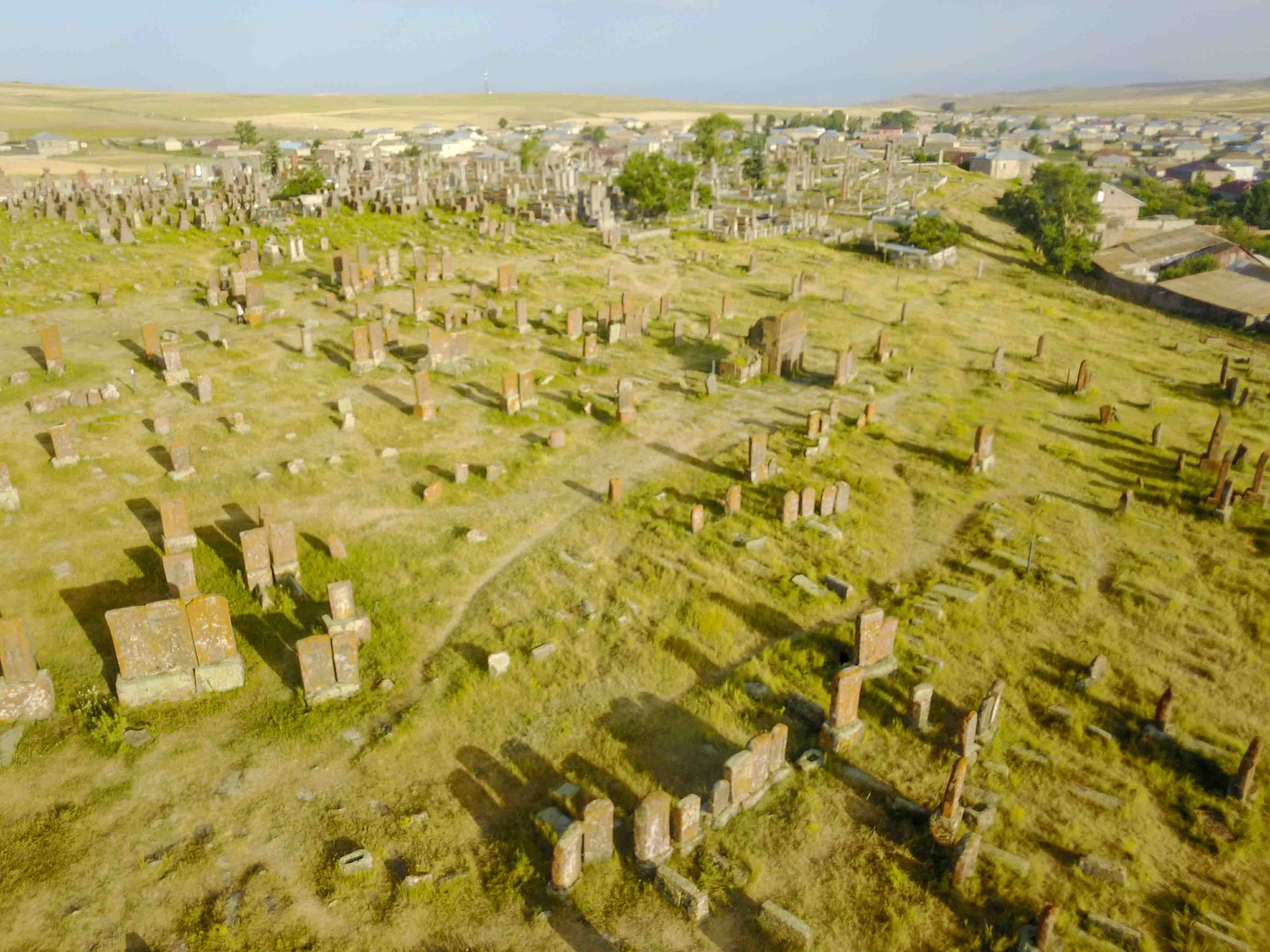
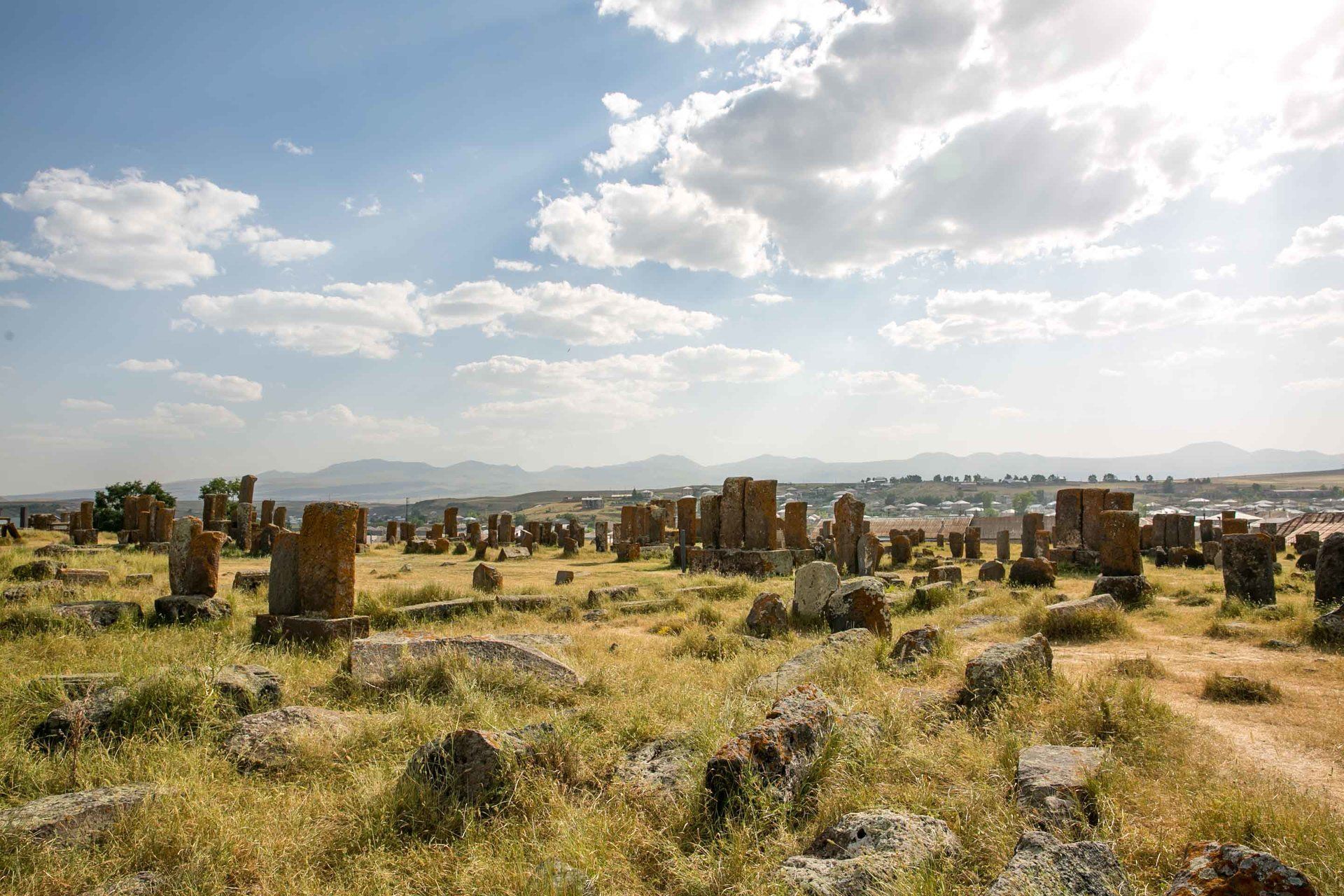
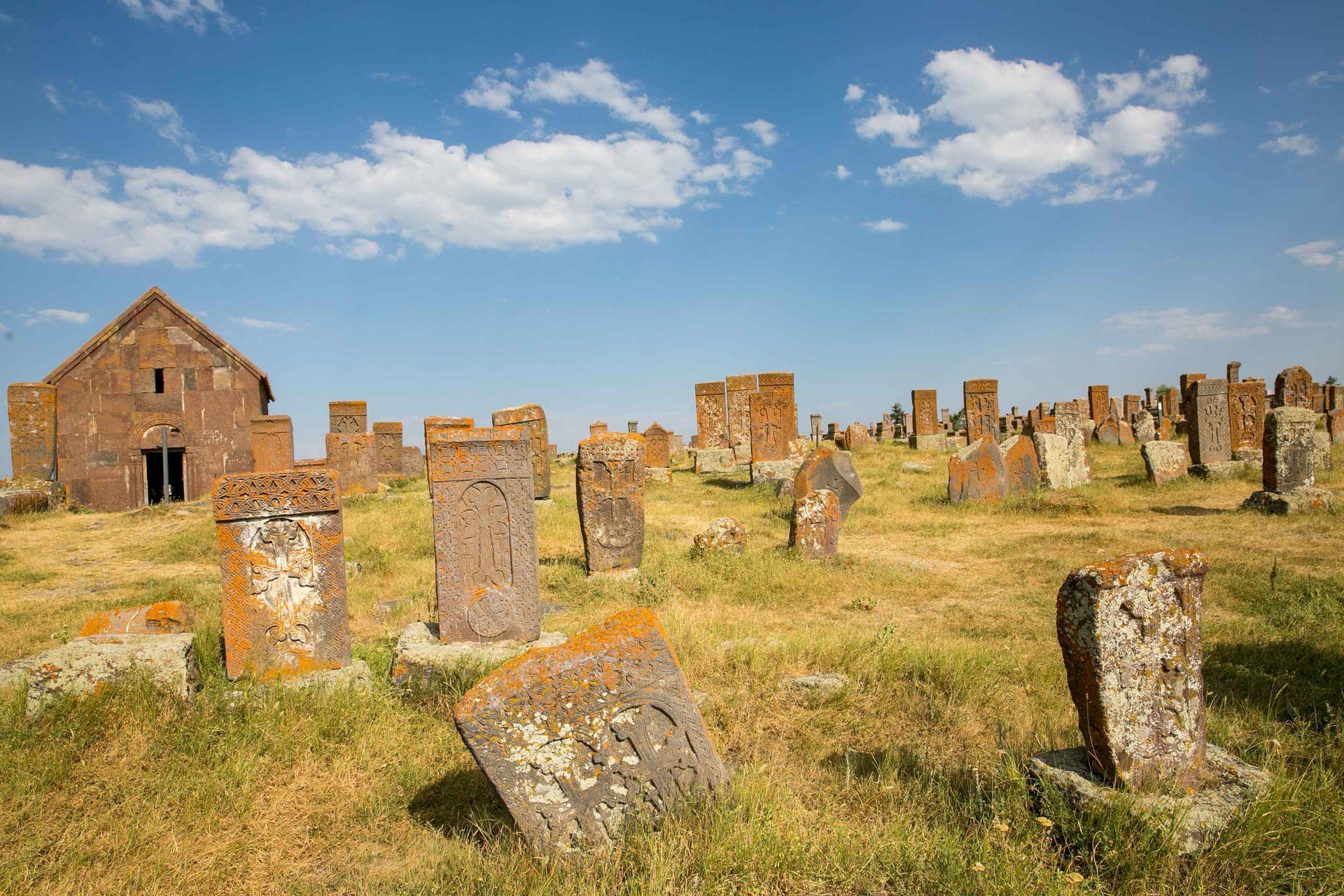
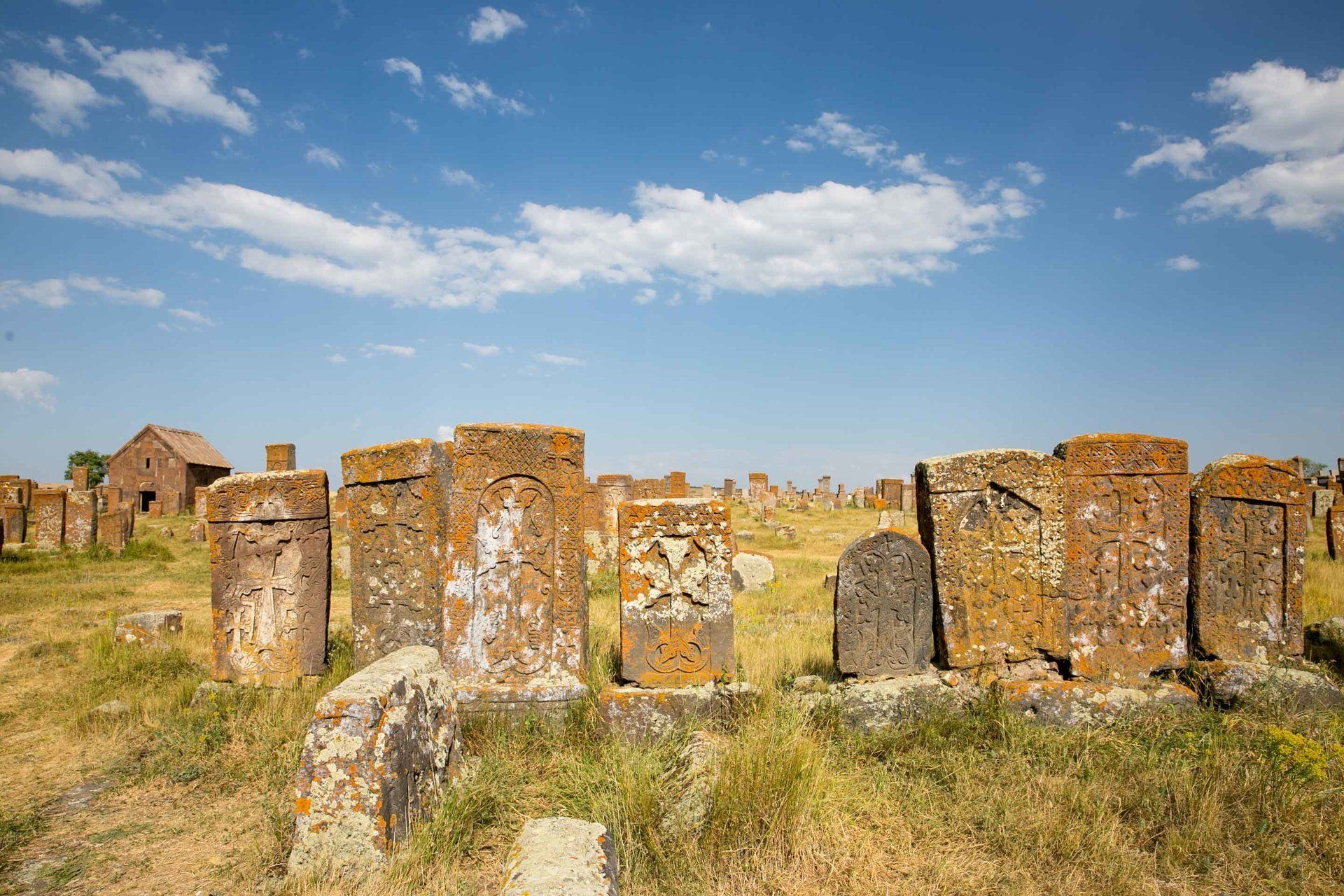
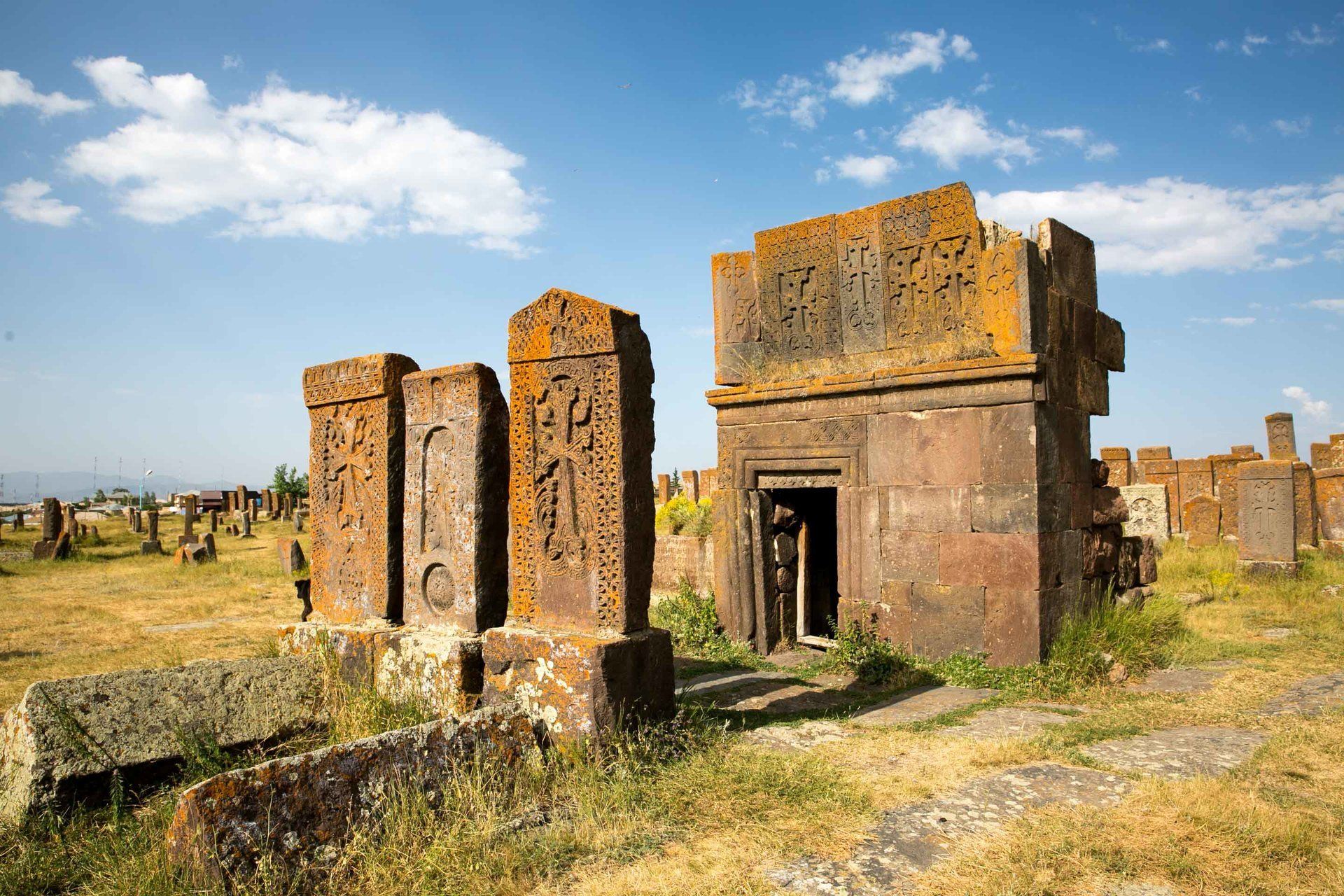

Noratus is near the city of Gavar and is a little more than an hour drive from Yerevan. The elevation is slightly higher up here so it’s considerably cooler here. There is no fee to enter but there are stands across from Noratus ran by some old ladies who will get mad if you don’t buy any of their souvenirs or snacks. They also have the information cards in various languages in case you want to do the formal walking tour.
One of the first things you notice on the walking tour is that many of the signs are missing from the posts. The local rumor is that the local kids purposely removed the signs so they could be hired as tour guides. Don’t let that stop you because you can walk around freely and admire the craftsmanship and details regardless. The khachkars are in their original positions facing west so if you want to take good pictures it’s best to go in the afternoon so you don’t have any shadows. This place is really big so be strategic in how you want to go. From the main entrance I went westwards so I could the panoramic view of the entire cemetery. I had my drone with me so I was able to get some great shots of Noratus in its entirety. The newer cemetery with newer headstones and other monuments surrounds the old cemetery with the vintage khachkars. It’s a great contrast to see how the styles have changed and what remained. You need not worry about any social etiquette here because a flock of sheep were walking on by and grazing. Wearing shorts and shoes in here won’t be an issue at all.
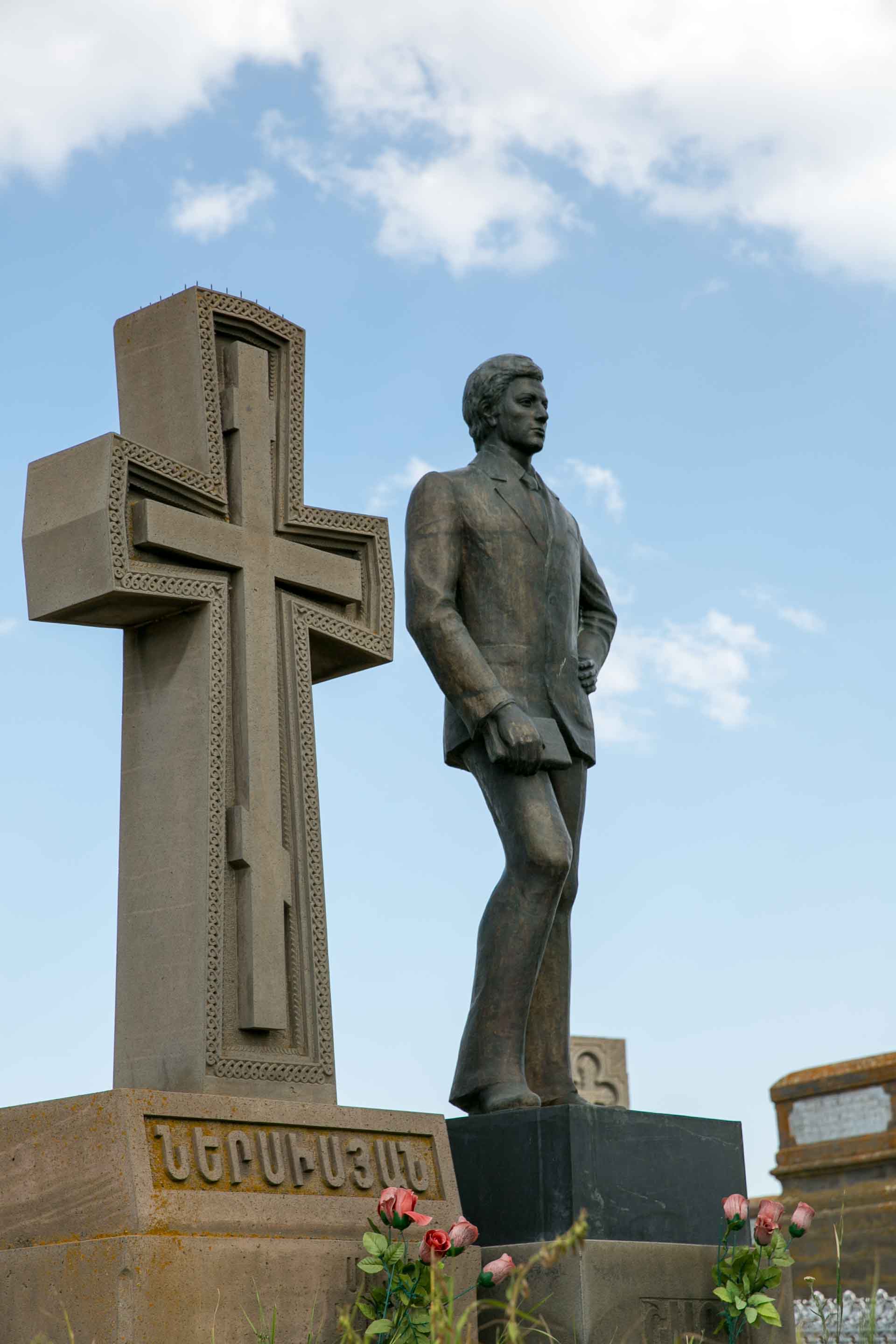
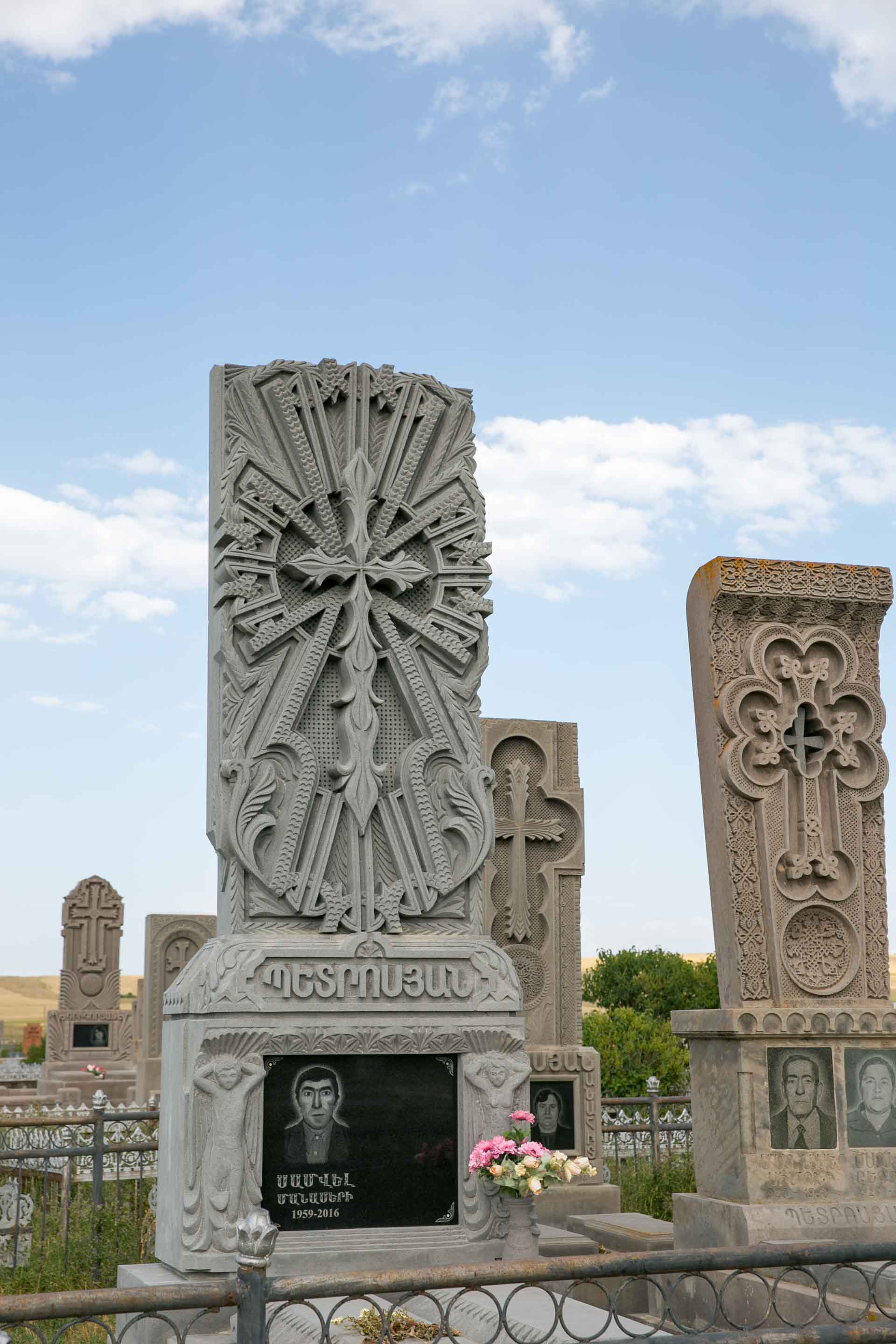
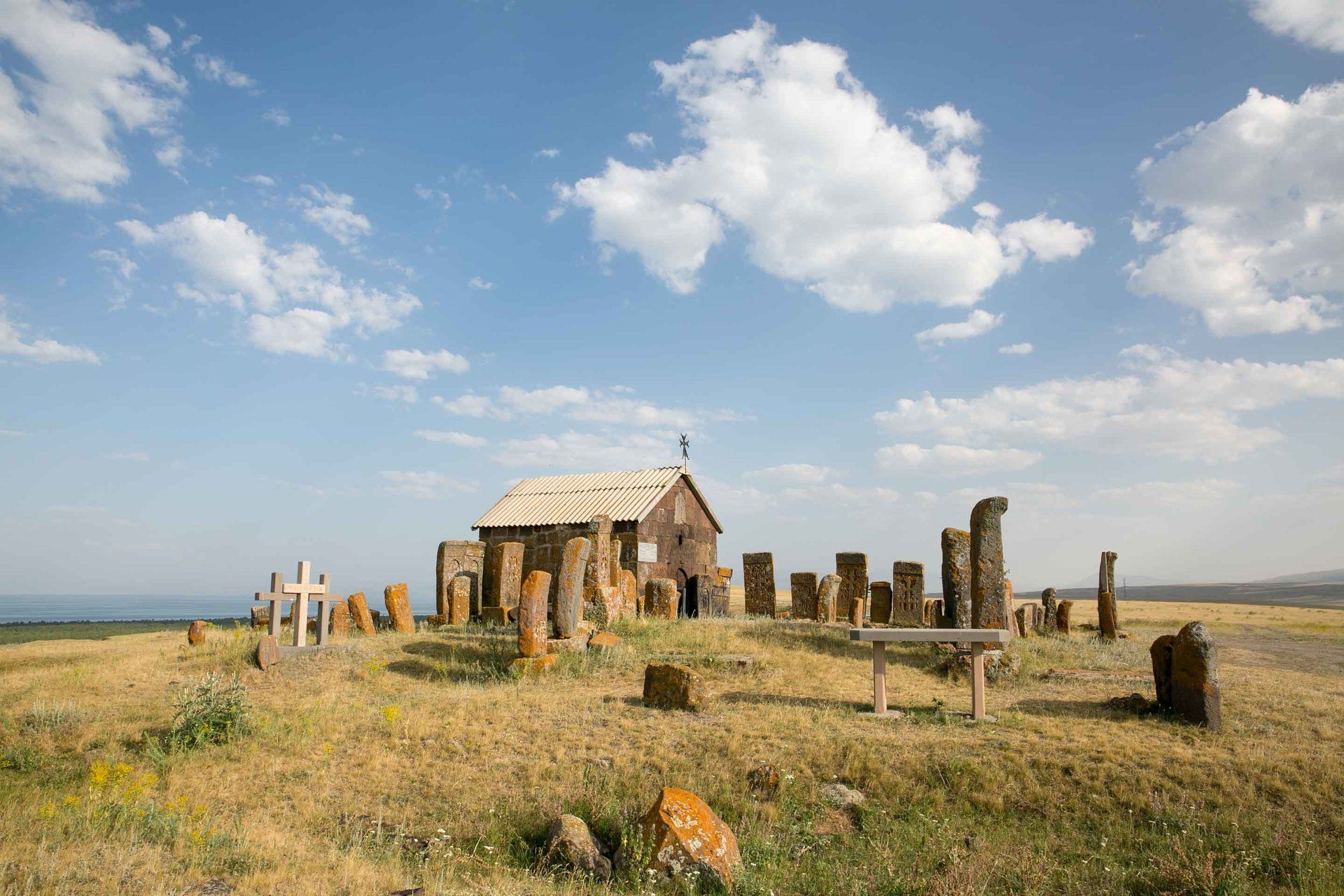
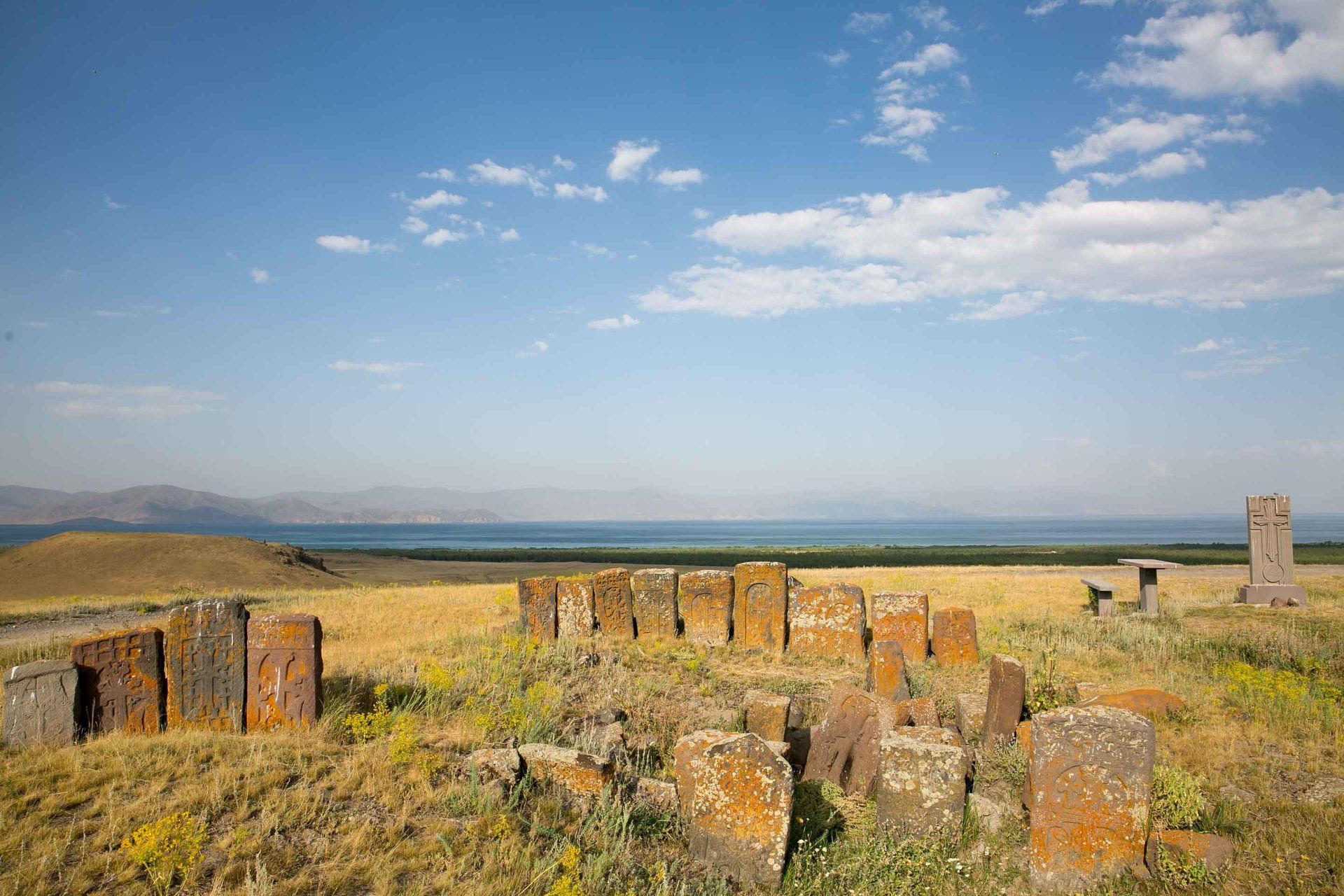
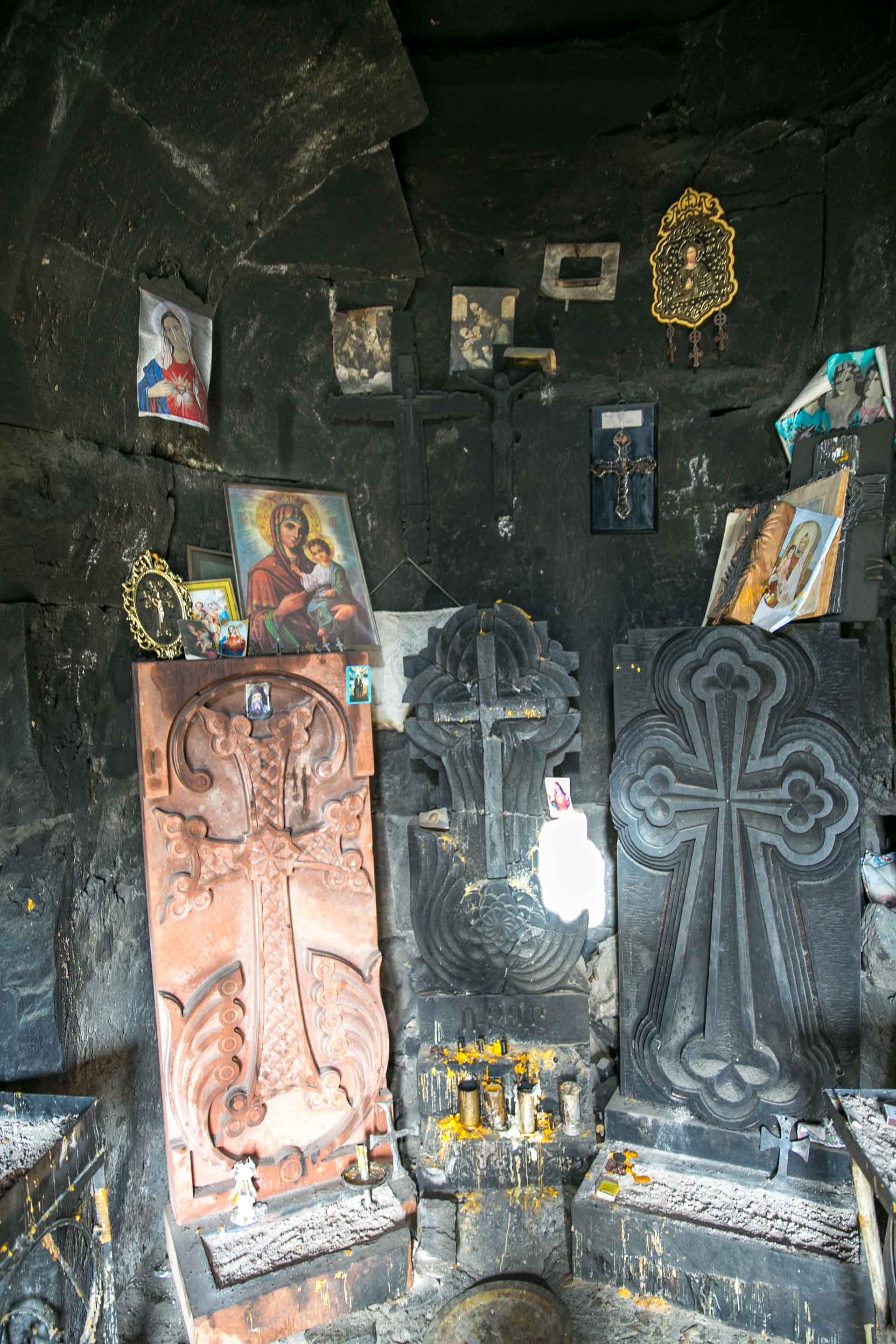
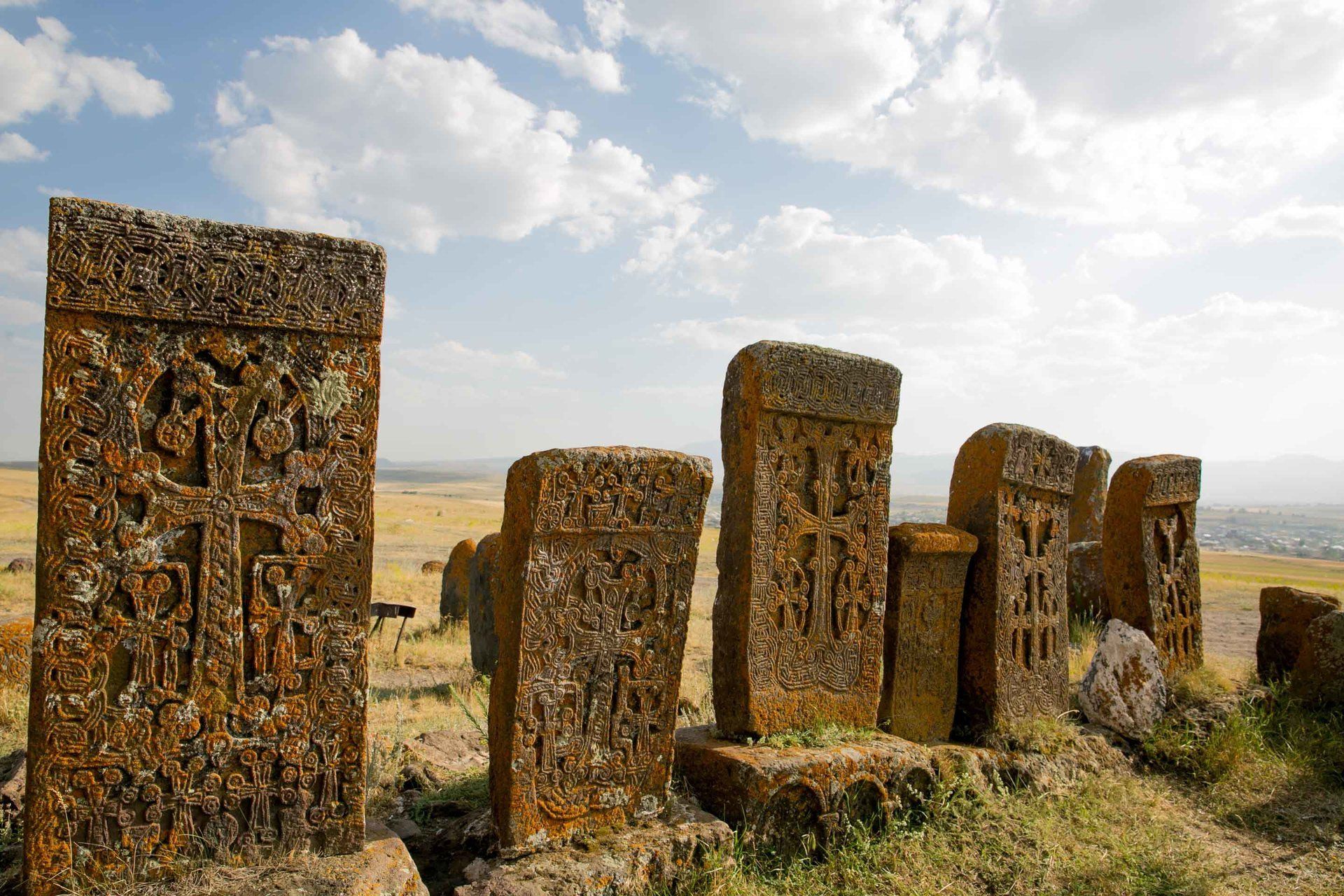
Once you’ve seen the bulk of the various khackars make your way east and heads towards a humble chapel about a kilometer away. You can easily see it in the distance and there’s only one dirt road that will take you there. It’s small and humble but also surrounded by about 25 khachkars surrounding it. It also has a great view of Lake Sevan too. There’s even a picnic area too to enjoy the scenery.
There is also a very interesting legend about the Noratus Cemetery. This one describes the invasion of Mongol Tatars against the Armenian Prince Gegham. Lacking in a large number of soldiers against an overwhelming force the Prince ordered his subjects to put coats and uniforms on the khachkars to make his troops seem larger from a distance. The deception worked and the enemy forces retreated and allowed the Prince’s troop to attack and eventually defeat the retreating forces.
To visit Noratus all you need is about an hour and a half. It’s a great stop if you’re on your way to Lake Sevan. There are other sites around Lake Sevan to see like Sevanavank Monastery, Hayravank Monastery, and Vanevank Monastery too.
Happy traveling…
